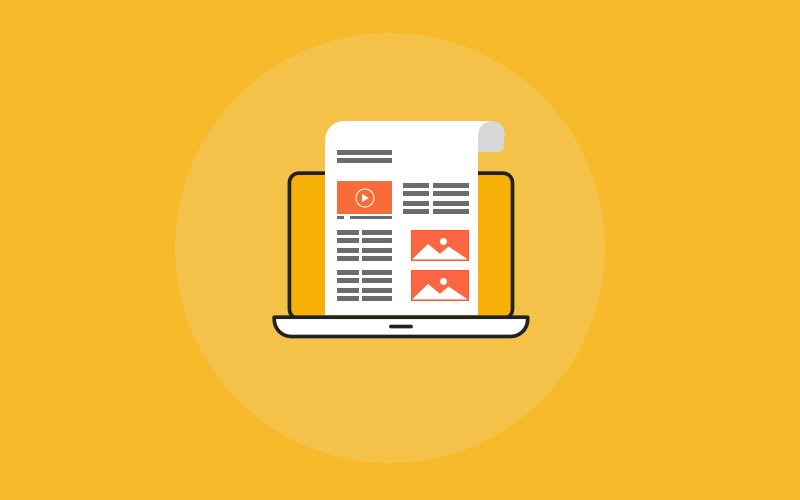
How would you feel as a guest if a host doesn’t give you a proper welcome the first time you visit them
Unhappy. Right?
Similarly, when employees don’t feel welcomed on their first day, it makes them stressed, disoriented, and unproductive.
That’s not the end. It leads to high employee turnover rates, which is extremely costly for organizations.
New hire orientation is not a joining formality merely to comply with business customs. New employees undergo an orientation that familiarizes them with the new company culture and job roles.
However, there are many inherent problems with the orientation process most companies follow, such as:
- Too much paperwork
- Information overload
- Irrelevant information
- No evaluation of orientation programs
- Lack of follow-ups or failure to collect feedback
Are you facing the same challenges with your company’s orientation process?
If yes, we are here to help you.
Know what orientation is, its major benefits, and how to develop a foolproof orientation plan to make the most of new employee orientations. Also, go through the checklist and the best practices to build your new hire orientation program.
Continue reading to find out.
What Is New Employee Orientation?
New employee orientation is an integral part of onboarding in which new hires get familiar with their job roles, teammates, line managers, departments, and the organization. It’s how you formally orient new employees to a new environment and job responsibilities. It’s preceded by induction, which officially welcomes the incoming employees.
Orientation usually happens on the first day of new hires joining an organization and lasts from a few hours to a full workday. It’s followed by onboarding that prepares the employees for their new job roles and takes weeks or even months.
Employee orientation is extremely important as it motivates and engages your new hire from day one.
In fact, according to statistics,
- Organizations with a standard induction process achieve 50% higher new hire productivity
- 69% of new hires are more likely to stay with a company that provides a great onboarding experience
Watch: How to Create an Employee Onboarding Training Program
How Important Is New Employee Orientation?
New employee orientation is important because it plays a decisive role in helping new employees adjust easily to a new workplace. It gives new team members information on the company, individual roles, and an organization’s mission and vision.
Instead of leaving new hires puzzled and fending for themselves, a new employee orientation program helps them make a good start with their professional journey.
Such programs help them learn about a company and everything and everyone associated with it. This way, orientation equips new employees with the knowledge of what they can look forward to and what they need to do.
What Are the Benefits of New Hire Orientation?
An employee cannot start their job effectively unless they have a strong understanding of the company and its cultural values.
According to Hireology, a recruitment website, – those hires who don’t receive a good orientation are slow to make an impact.
Therefore, a good orientation is important to make employees comfortable with their new workspace.
There are several benefits of new employee orientation. The major purpose of employee orientation programs is to familiarize new hires with company policies and job roles. An orientation program positively impacts new hires, existing employees, and the company. Here are some more benefits of such programs:
Reduced Stress and Anxiety
It’s natural for recruits to feel a little edgy on their first day in an organization. They’ve just stepped into unfamiliar territory with unfamiliar people. An orderly new employees orientation program can help reduce anxiety and tension through a systematic welcome and information-sharing process that takes the guesswork out of the situation.
Ice-Breaking Effect
Orientations help establish professional relationships between new employees, their co-workers, and supervisors. They open the door for communication between team members by learning the who’s who of a company so that they get to know each other better.
Commitment to Organization
A thorough orientation prepares new hires for a tenure of dedication to their new job roles, teamwork, and company goals. It gives an overview of what an organization believes in and does, what it expects from each employee, and what the employees need to do to fulfill them.
When employees feel committed, they also build strong relationships with team members.
Watch: How to Build Trust With Your Team | Training Course Introduction
Increases Productivity
By bringing new hires up to speed on their responsibilities, work tools, and business objectives, an orientation paves the way for them to get into a productive mode as quickly as possible. A well-organized orientation program can enable them to reach full productivity levels in the first few months.
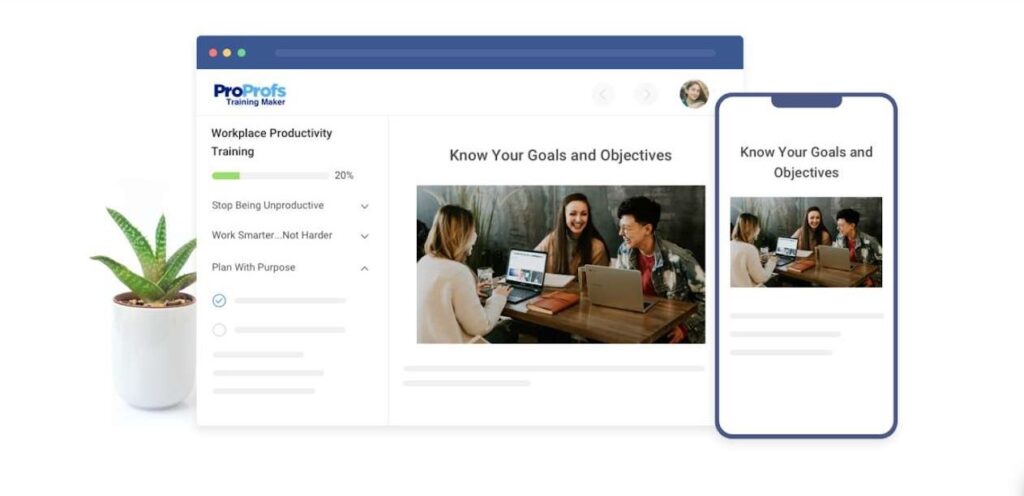
Lesser Mistakes
By helping the recruits learn about and adapt to a new environment, orientations can enhance their efficiency in the workplace. Early on, they pick the idea of how to perform different tasks the right way at the right time with minimal waste of time and effort. Such clarity can help them avoid unnecessary and potentially damaging mistakes.
Reduced Employee Turnover
A new hire orientation program nurtures employees for a productive and happy relationship with a company. When new employees feel at home in the new workplace, are clear about what’s expected of them, and become productive quickly, they see no reason to leave an organization.
Basically, orientation is a part of the onboarding process. Therefore, a strong onboarding strategy is required to make the orientation process effective.
Your onboarding strategy should include the 5Cs –
- Compliance,
- Clarification,
- Culture,
- Connections, and
- Checkback
When you follow these practices, your employees will feel motivated, stay committed to the organization, and work with greater enthusiasm.
How to Create an Effective Orientation Program for New Employees
The main challenges of an impactful new hire orientation program lie in the creation part.
Building an effective orientation program requires time and effort.
Keeping that in mind, we’ll share some of the effective ways to create the best program.
As with most professional programs, an orientation program for new employees should proceed according to a plan. This will ensure you get all the necessary things in place before getting down to new employee orientation training.
Structure your orientation program with the following essential activities.
Give a Warm Welcome
How you make your new hires feel on the first day of orientation can imprint an indelible impression on their minds about your company. So, make it as good as you can.
Give a heartwarming welcome to them the moment they walk into your office. Escort them inside and introduce them to the team members, including their direct supervisors. Take them on a tour of the office premises where different departments are located.
You can also send a welcome email to the new hires keeping other employees in the loop. This way, everyone in the company will know about the new employees in a better way and it acts as an ice breaker for conversations.

You can also present them with a welcome kit comprising a signed welcome letter, gifts, and office supplies. This makes a lovely gesture to show you’ve been expecting them and how you appreciate and value that they’re joining the organization.
Deal With the Paperwork
During the job orientation, the employees must complete the necessary paperwork. It’s an indispensable part of every new hire orientation program. Generally, paperwork includes company rules and policies, income tax forms, employment eligibility verification, non-disclosure agreements, payroll and benefits forms, etc.
Make sure you never leave out any important paperwork. It’s better if you complete the paperwork electronically. It’ll help you update or modify them easily in the future.
Provide Employee Handbook
An employee handbook or manual serves to communicate your company’s history, vision, mission, values, and goals. It also provides information on company policies, employment-related matters, safety guidelines, and benefits & perks.
You should develop an informative and effective employee handbook to pass on important information and employment standards your company upholds. This will enable your new hires to understand their rights and obligations during their tenure with you.
Watch: How to Create an Employee Handbook
Go Over Company Policies
Incoming employees must be aware of all the rules actively implemented in a company. This is to ensure they diligently follow all the applicable policies, conduct themselves professionally, and avoid any blunder or accident.
You can create engaging courses on company policies using expert-designed policy training templates for new employees and provide role-based training to them quickly.
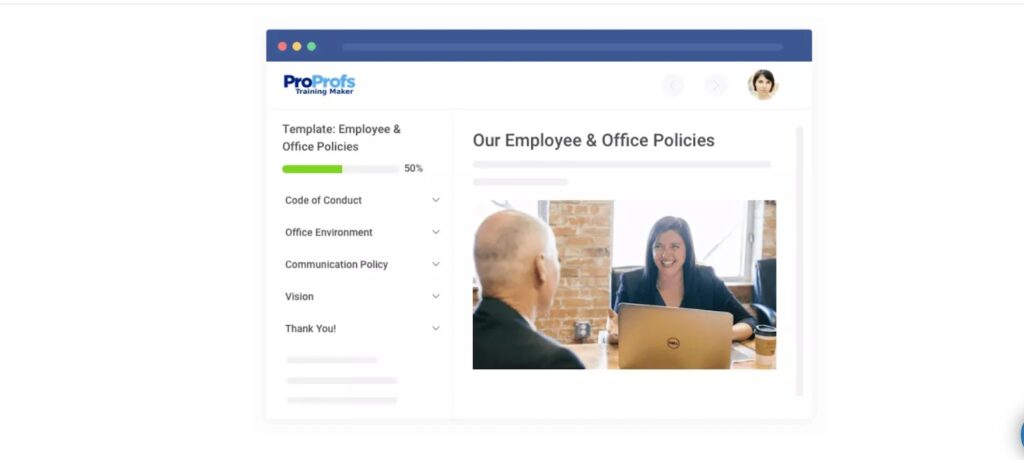
Company policies may include login/logout time, break time, parking rules, dress code, etc. Depending on the industry and job role, you need to provide compliance and safety training, leadership training, and ethics and discipline training.
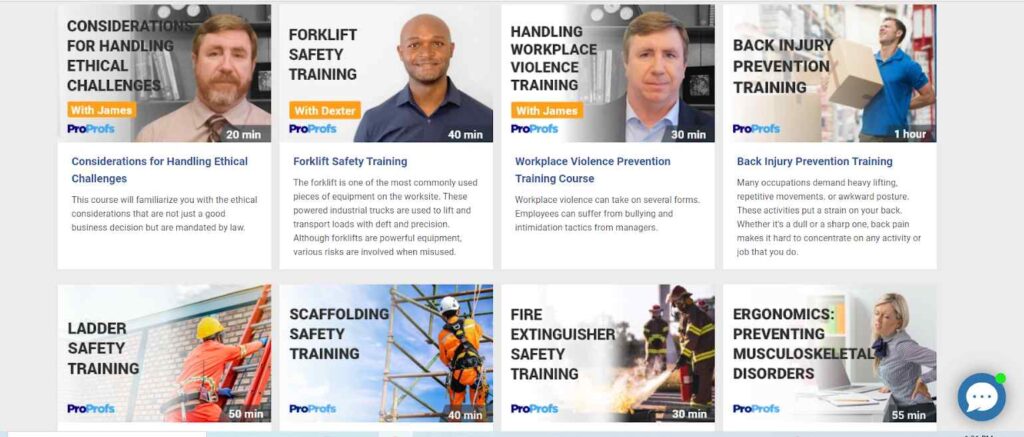
Explain Job Roles in Detail
After a warm welcome and rounds of paperwork, the next key activity in a new hire orientation plan is discussing the job roles. The new hires should connect with their individual and team roles within the initial few days. They should know what they need to accomplish, why & how their contributions impact larger business goals.
They should understand the workflow process and the tools, resources, and support they can leverage to carry out their duties. This role clarity will make it easier for them to assume their new position without any hiccups.
Make the Expectations Clear
Every new employee who joins a new rank should also be clear about its strategic goals. They should know how to properly align with the larger business vision and support it continuously.
As a part of your orientation plan, you should encourage the employees to work toward greater performance and productivity so that your company can attain its goals. The idea is to give your new hires a sense of purpose and importance within the organization.
You can start by letting them understand what’s expected of them in the next 3 months, 6 months and within a year of their joining so they know how their progress would be mapped and measured.
11 Best Practices for New Employee Orientation
You’ve seen how to create an orientation program in the preceding section. You should follow the best practices to implement them successfully. The following is a list of generally accepted standards and the 11 best practices for new employee orientation.
1. Create a Checklist
The average onboarding process, including induction and orientation, can consists of over 50 activities. Obviously, it can be an overwhelming experience for new hires to navigate through all of them.
You can create a new staff orientation checklist like the one shown below to simplify things for yourself and the employees.
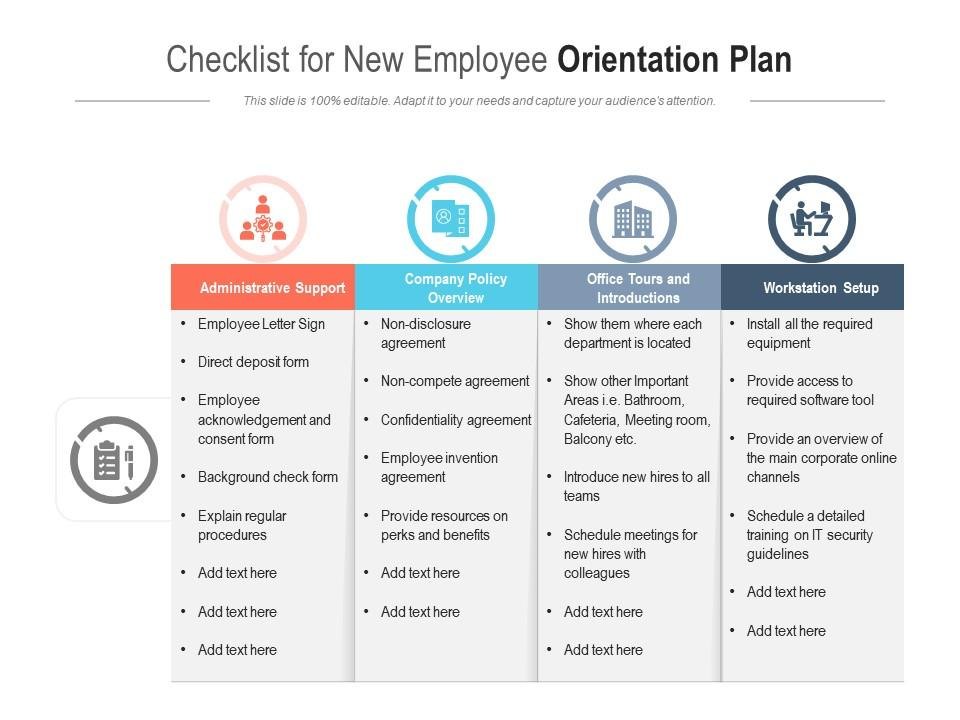
This will help you stay organized, apart from ensuring that you don’t miss out on any important steps.
2. Make the First Day Memorable
Make your new hires’ first day special and memorable by creating a positive first impression. This will set the stage and pace of their onboarding journey the right way.
While paperwork is essential, simply inundating the employees with piles of them on their first day is not recommended. Instead, you can punctuate it with activities that include:
- Presenting a welcome package
- Preparation of workstations
- An office tour
- Team introduction
- Team lunch
Make your new hire feel at home by giving personalized attention to each of them. This will motivate them, which is what every employer wants.
3. Digitize the Paperwork
Ideally, paperwork for new team members should not take much time. You can already have them ready before their arrival.
Also, you can use an online form builder like ProProfs Survey Maker to create, share, and store forms containing employee information in the cloud. Some of these tools come with ready-to-use templates.
This will replace much of the traditional paperwork, which requires printing countless copies and manual distribution and collection.
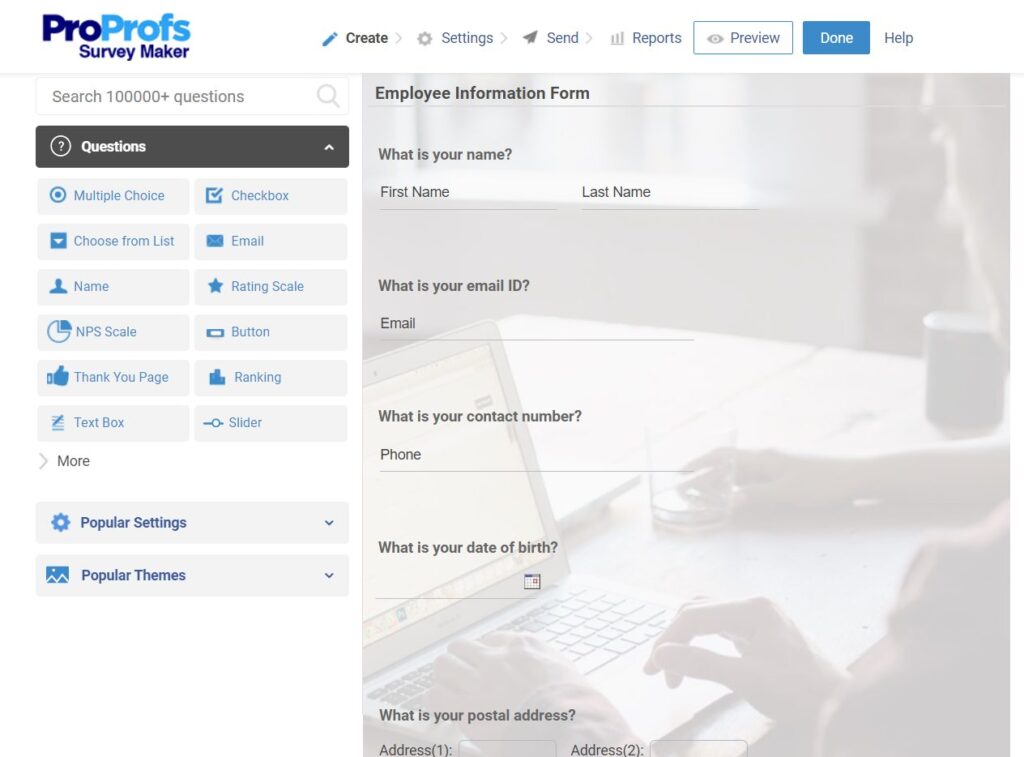
New hires can fill in these forms and submit them to you online before they begin their official work.
4. Use the Best Employee Onboarding Software
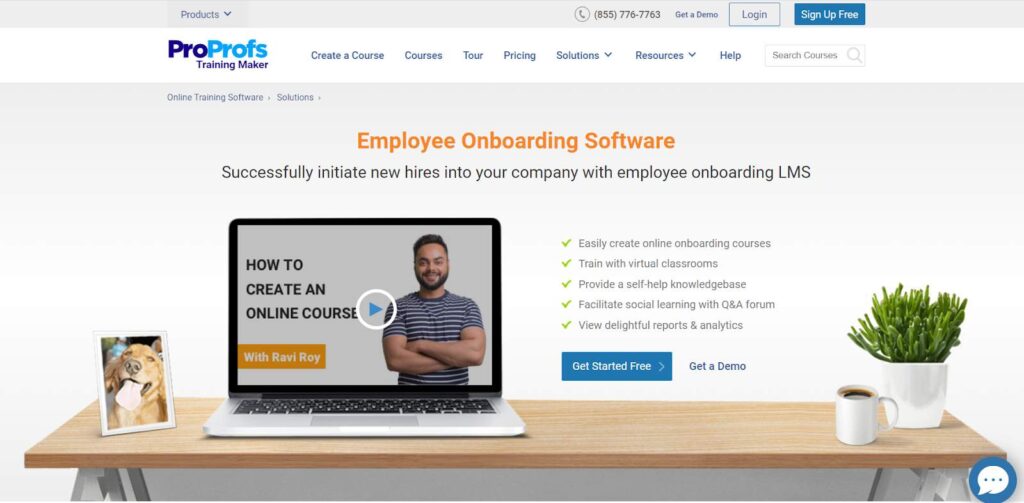
These platforms can help streamline employee orientation and onboarding at a later stage. They are popular employee training software that enables users to:
- Train employees with a variety of courses and tests
- Assess knowledge gaps and retention with assessments and quizzes
- Track learner progress, and engagement & participation levels in real time with detailed and intuitive reports
- Enhanced social learning with tools to collaborate in real time
- Collect feedback to know the scope for improvement of learning materials and more using surveys
You can also train learners through a centralized virtual classroom and provide a self-help knowledge base for all learning needs.
What: How To Set up Your Virtual Classroom in 5 Minutes
5. Provide Ongoing Support
At times, the initiation of new hires into a new job can be stressful for them. You must provide them with ongoing reassurance and remove their doubts or fears.
Research shows that providing social support is one of the best ways to help employees cope with stress in the new workplace. To implement this, you can assign a buddy or mentor to every new hire.
These buddies or mentors can guide the employees to find their way around your organization and serve as the go-to person for any query, request, or concern.
6. Schedule a Session on Work Tools
New employees will spend most of their work hours with the tools they use to perform their job. Whether it’s researching information they need to do their work, sending and replying to emails, data updates, or taking courses from a learning management system or LMS software, they always rely on some kind of software.
So, a session or two on work tools, also known as software training, can be one of the best business investments that give an assured ROI. When your new hires know how to operate a tool to accomplish a specific task, it can be a good start to orientation.
7. Use Engaging Training Materials
eLearning increases retention rates by 25% to 60%. This is primarily because online learning provides avenues for adding engaging elements such as videos, quizzes, polls, games, and surveys.
So, using engaging and interactive training materials during orientation makes complete sense.
For example, demo videos and modules can accelerate learning during product training for your new sales professionals. Similarly, keeping the materials short, simple & clear and using storytelling can boost orientation.
Some LMS software like ProProfs also provides ready-made templates to help you accelerate course creation.
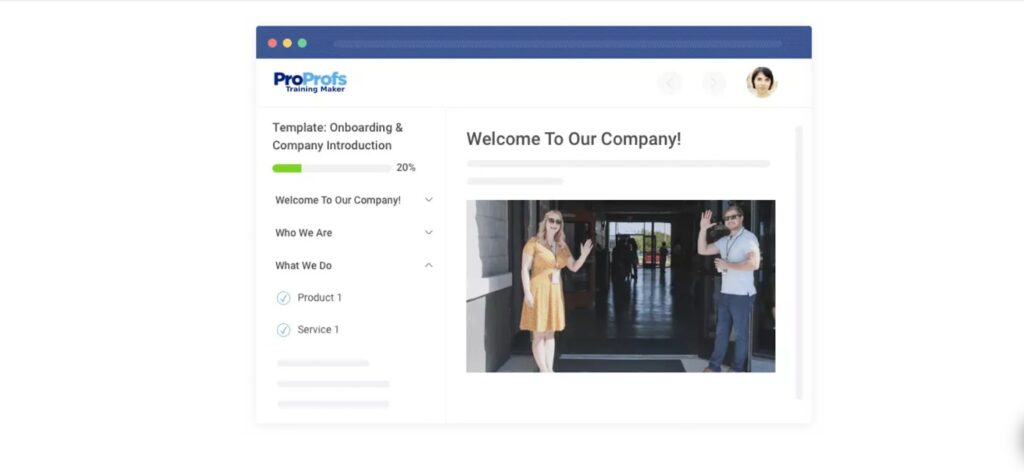
Along with this, a professionally designed and customizable onboarding training course is a must. Some of these courses are comprehensive and tailored for maximum engagement. You’ll find milestones based on the day and week-wise activities, key participants, and helpful resources.
8. Organize One-On-One Sessions
Depending on your onboarding agenda, you can set aside some time for one-on-one conversations with your new hires. This will provide an opportunity to know them better and share feedback.
You can prioritize these sessions to get your employees on the right track and transition into their new roles smoothly and quickly. If your employees work from remote locations, you can share online surveys with them to collect feedback.

Outline the Career Paths
A lack of career progression is one of the primary reasons new hires quit their jobs in the first few months. Companies don’t want to go through this experience. Instead, they would want to promote deserving employees to the next rung at the right time.
That’s why you should share a clear outline of paths to career progression for the employees at the start so that they get a fair idea of what’s in store for them. They should know that you’re investing in their growth and development.
You can even present personalized goals and steps to achieve them for each new hire.
9. Conduct Frequent Check-Ins
53% of employees are disconnected or disengaged from their workplace. Most of the time, they just manage to do the bare minimum.
In such a situation, regular check-ins with new hires will give you a clear picture of how they’re adjusting to their new job roles. More importantly, you’ll get to identify areas they are struggling with.
Check-ins should continue until the employees become proficient in their jobs.
10. Take Feedback
Feedback is the breakfast of champions.
Regular reviews and supportive feedback during orientation can enhance employee learning and development.
Feedback from your new hires will give you a feel of whether they find your new hire orientation useful. Collect feedback from them both during and after the program. You can use surveys for this purpose.
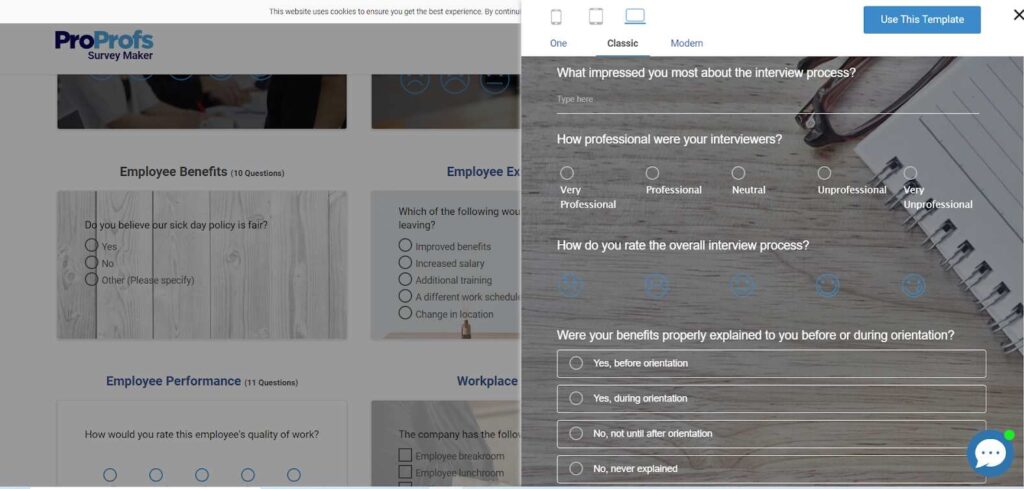
If there’s anything that they rated poorly, you can use that information to improve the process for better reception and results in the future. You can gather their thoughts on the methods, tools, and trainers you use to orient them.
Employee Orientation Checklist
As already discussed, one of the best practices is to create an orientation checklist for new employees. We have created a list to remind you of what you need to do during a new hire’s initial days at work.
Help New Hires Fill Out All the Important Documents
Before a new employee joins your organization, you must get all the documents ready that you’d need to onboard them properly. Some documents are required by labor laws to ensure that your new hires always comply with the regulations.
On the first day, you must ensure that your new employee completes all the paperwork like the I-9 form, background checks form, W-4 form, direct deposit form, etc. Make sure you obtain signatures on non-disclosure agreements, non-compete agreements, and drug/consent test consent agreements.
Explain All the Company Procedures
Explain all the company policies to your new hire, including terms and conditions, salary structure, mobile plan reimbursement, internet charges, training program guides, performance bonus guides, safety guidelines, annual leaves, vacation/paid leaves, or anything else that can be applicable.
Provide an employee handbook so they get answers to all the questions they might have regarding company policies.
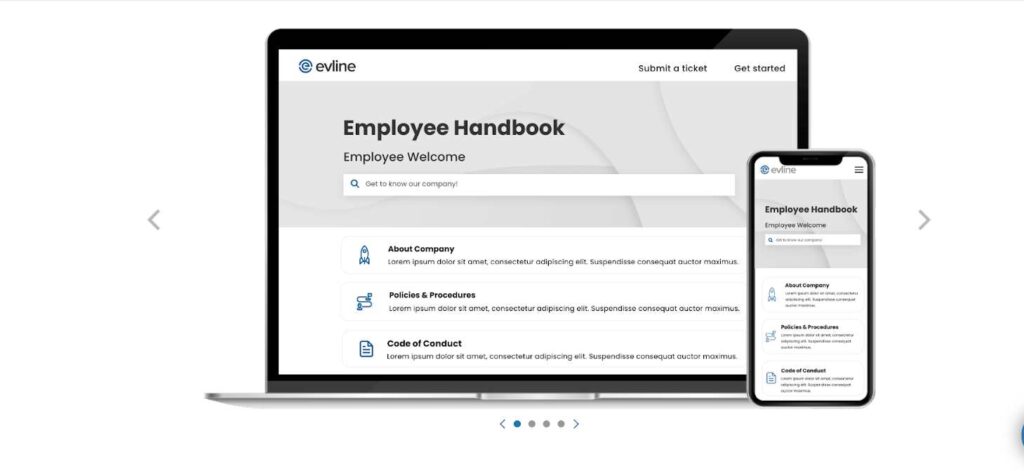
Provide ID Cards
On the day of new staff orientation, ensure you hand out the Identification Card to the new hire. This ID will prove that the new employee is a part of the organization and they become eligible to access other services on the premises.
Provide Office Tours and Team Introductions
Take your new hires on an office tour and show them where each department is located. Walk them through the common areas like washrooms, cafeteria, conference halls, and balcony. Point out to them who to look for when they need assistance with certain issues.
You can also assign them training courses on workplace communication to help them build successful professional relationships.
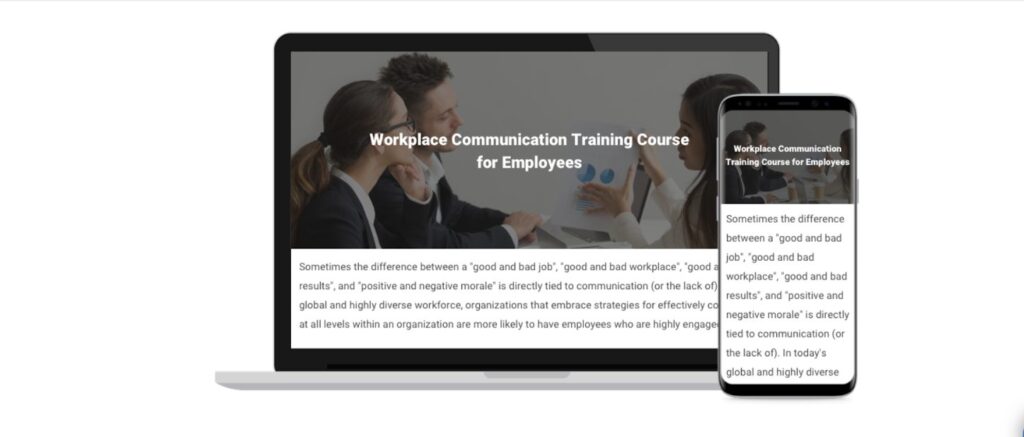
Introduce them to the HR members, team leads, IT teams, and office managers. Show them the emergency exits in case there’s any mishap within the premises. If possible, you can schedule meetings with staff and team leaders from other departments. Assign a mentor or work buddy to assist them with their queries and onboarding tasks.
Assist with Workstation Setup
To make your new hire adapt to the new work environment quickly, it’s better you pair them with another co-worker. Buddy systems are a great way to acquaint them with their new workspace. The experienced co-workers can show them how to use office equipment and provide an overview of the communication channels.
Assign a member of the IT team who can assist with the computer setup. Schedule a training session on IT security guidelines and product demos, so they know how to use office tools and software. Don’t forget to provide stationery supplies like notebooks, diaries, pencils, and pens.
Frequently Asked Questions (FAQ)
What is the difference between onboarding and orientation?
Onboarding is a series of events that familiarize employees with their job responsibilities and the company culture. On the other hand, orientation is a part of the onboarding process, and it’s a one-time event where companies welcome their new hires on the first day. This process includes completing paperwork and other routine tasks, such as introducing them to the other staff and giving office tours and team introductions.
How long should employee orientation last
Ideally, an employee orientation should last around 3 hours, but it should not take more than a full working day. Different industries have different orientation processes and training levels before new hires get into their responsibilities. Keeping all these in mind, the generally accepted standard is three hours.
How can I make orientation more engaging?
There are some proven ways to make your orientation program engaging and interactive. Begin with creating a checklist, make the first day memorable by offering gift kits, automate paperwork, gamify your training sessions, and provide clear paths to career progression.
What makes a good orientation?
The best orientation program allows employees to ask questions and provide feedback on how they feel about their new job and the workplace. This feedback is important for organizations to provide immediate solutions to problems that employees may be facing. Also, a program that is engaging and offers no bottlenecks to the acclimatization process is considered a good orientation.
Get News Hires Off to an Amazing Start With New Hire Orientation!
A good beginning of a new employment journey will lead to a happy ending. To achieve this, you must give your new hires a warm welcome, clarify expectations, provide ongoing support, and help them adjust and settle happily.
In this effort, the best practices will come handy. They can guide you at every step of a standard employee orientation program. Make them an integral part of your organizational culture.
Nothing should hold you back from implementing the best orientation plan once you already know its importance and significant benefits. For the best outcome, using a good training software is important because it automates the process and saves you time, cost, and effort. ProProfs Training Maker with its 100+ expert-designed, ready-to-use courses & templates, assessment features, robust reporting, virtual classroom and other learning management functionalities can help you build a solid orientation program. See how
Do you want a free Training Software?
We have the #1 Online Training Software for employee training & assessment


